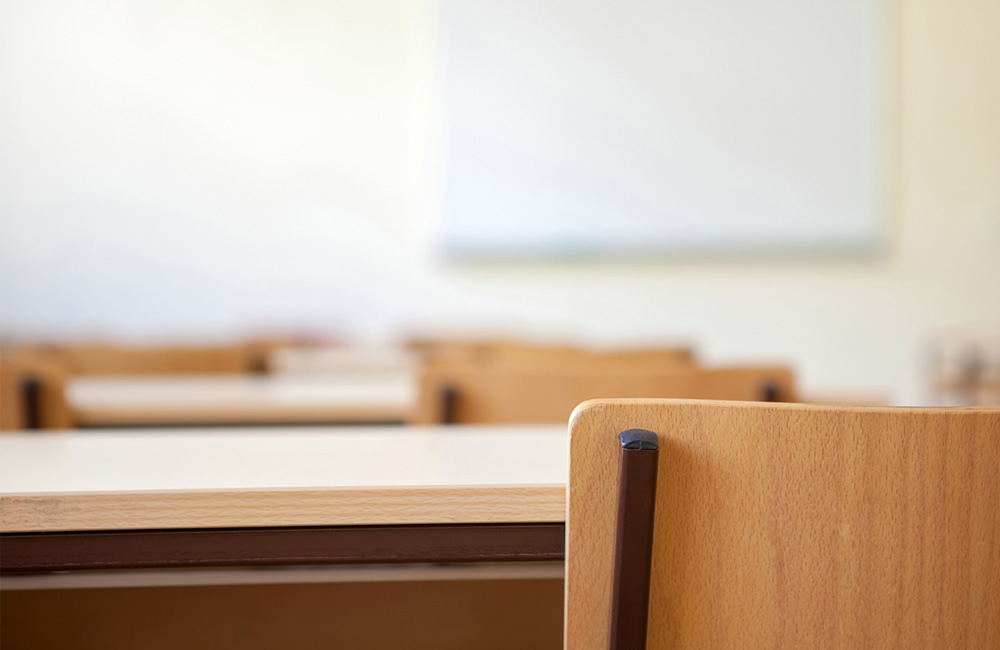ACER1003 - Management of the Maple Sap Vacuum Collection System
ACER1003 - Management of the Maple Sap Vacuum Collection System
Secteur halieutique et ressources naturelles
Description
This course will enable students to maintain the vacuum collection system in the forest and make the necessary repairs. They will learn to detect and repair breaks and leaks during sap flow and become familiar with new technologies for maple syrup automation. The course will also cover cleaning, sanitizing, and rinsing procedures for the collection system at the end of the season.
Objectives
-
Understand the repair procedures for the support spindles and collection and lateral tubes
- Describe the procedure for repairing a broken support spindle
- Describe the procedure for repairing a damaged collection tube
- Describe the procedure for repairing a damaged lateral tube
-
Understand the maintenance procedures for a vacuum pump or types of extractors or releasers
- Describe the maintenance procedure for a vacuum pump
- Describe the maintenance tasks for various types of extractors or releasers
-
Understand the procedure for verifying vacuum levels (leaks) at different strategic points of the network during sap flow
- Describe the method for checking vacuum levels at the releaser
- Describe the method for checking vacuum levels at the lateral tubes
- Describe the method for checking vacuum levels at the fittings and spouts
- Describe the method for checking vacuum levels at the collector head (mainlines)
-
Understand the components and functionality of the computerized automation system for the vacuum collection system and its operation
- List the basic components of an automation system
- Describe the installation procedure for communication gateways and repeaters
- Describe the installation procedure for vacuum sensors
- Describe the installation procedure for basin probes and pressure probes
- Describe the installation procedure for flow meters
- Describe the installation procedure for a multifunction controller or I/O module
- Summarize the general visual interface of automation system applications
-
Understand the procedures for cleaning, sanitizing, and rinsing the vacuum collection system
- List approved and recommended cleaning and sanitizing products in the food industry
- Describe the procedure for washing, sanitizing, and rinsing the tubing system at the end of the season
- Describe the procedure for washing, sanitizing, and rinsing the releasers at the end of the season
- Describe the procedure for washing, sanitizing, and rinsing the maple sap storage tanks at the end of the season
Content Overview
- Vacuum collection system repair: tensioners, splices, fittings ("unions"), etc.
- Vacuum pump maintenance
- Leak detection: manometer, leak sensors, flow patterns, detection techniques, etc.
- Automation system: control base ("server"), gateways, relays, vacuum sensors, basin probes, interface, etc.
- Washing, sanitizing, and rinsing: approved products, sponge method, suction method, backflow method, etc.
INFORMATION:
Related Training

Introduction à la botanique
Ce cours permettra à l’étudiant d’acquérir la terminologie de base et les concepts reliés à la production de végétaux et d’acquérir également une meilleure compréhension des principes de science de base végétale nécessaires pour poursuivre une carrière dans l’industrie de la production végétale.More...

Evaporation of Water or Maple Water Concentrate
This course allows students to become familiar with proper techniques for evaporating maple water and maple water concentrate.More...

Introduction à la prospection
Ce cours permettra à l'étudiant de s'initier aux notions de base de la prospection et des systèmes et lois spécifiques au Nouveau-Brunswick.More...

Entaillage et désentaillage des érables
Ce cours permettra à l’étudiant de comprendre le phénomène de coulée de la sève d’érable ainsi que des pratiques d’entaillage et de désentaillage durables et judicieuses. Il se familiarisera avec une panoplie d’outils et de dispositifs utilisés pour l’entaillage et le désentaillage des érables ainsi que le compartimentage.More...


